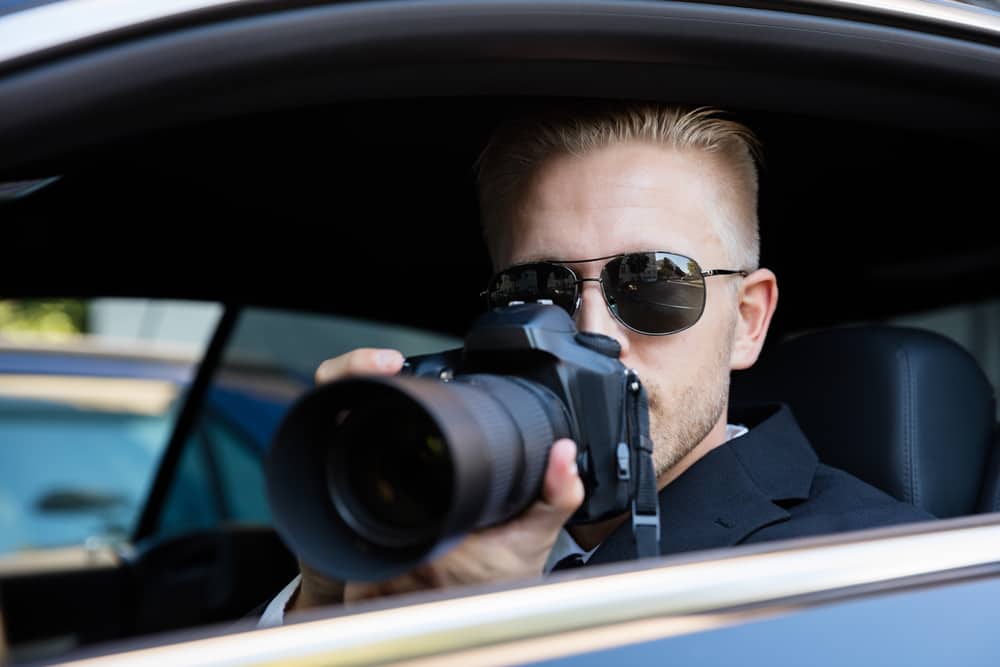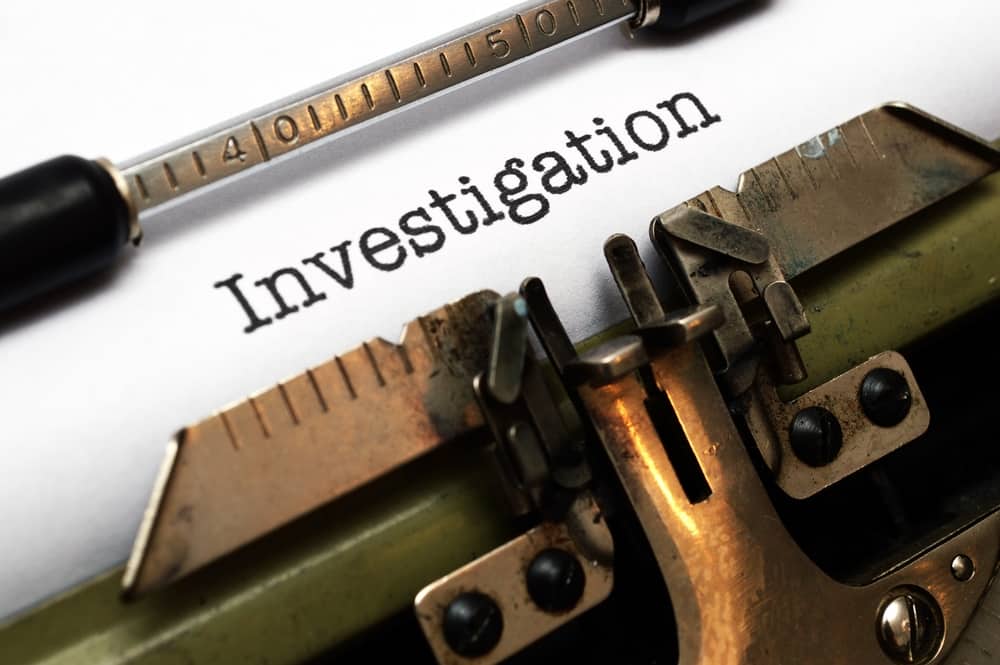Claim units rely heavily on video or photographic evidence to prosecute fraud or mitigate workers compensation injury cases. Video surveillance is one of the best tools to use for these pursuits as a private investigator video or pictures can break a case open for disposition.
Unimpeachable video or photographic documentation can also be an appeal tool to overturn a poor judicial ruling. Strong video or photographic documentation with a proper presentation stands a 90% or better chance to obtain the desired claim outcome.
A strong video or photograph must have:
- Good technical quality.
- Proper Identification of the claimant.
- No evidence of the claimant’s entrapment.
- Proper verification as to date, time, and place when video was made.
- No evidence of tampering or altering the information on tapes, compact discs, or photographs.
- Proof video was obtained on public premises or on private premises with verified permission.
- Compliance with all legal requirements for filming.
- Sufficiently prolonged exposure to avoid good day/bad day challenge.
- No violations of any civil liberty, civil right, or constitutional right.
- Full documentation of the operator experiences and licenses.
- A reputable investigator, with high acceptance by the judiciary.
- Strong points that can be verified or addressed by witnesses, doctors, employer, or any party connected to the case.
- A review by an experience criminal prosecution attorney to be sure it can withstand the rigors of litigation.
Pitfalls:
Even if surveillance meets the above 14 points, there are still dangers that can allow a trial judge ruling
the tapes, compact discs and photographs inadmissible.
A few of these dangers are:
- Failure to have and prove continuity of possession and security for the original and all copies of the video surveillance.
- Showing the video to witnesses without the benefit for review and cross examination by claimant and/or counsel.
- Showing only the most damaging views to prospective witnesses.
- Having a medical review without accompanying medical reports or without a physical examination.
- Too much time lag between the filming and presentation to witnesses.
- Some judges have disallowed tapes shown more than one week between filming and presentation.
- This may be an option for appeal based on reasonability, still ,an overturn may not occur.
- The technician may make a poor witness. Test the witness using the moot court process.
- The tape or compact disc can only be viewed on certain playback equipment.
- People that may appear on the video are not identified if they are part of the activity.
- Example: Garden store employee helps the claimant in lifting a lawn mower onto a vehicle.
- Unaccounted for copies, misplaced copies, and who viewed the video.
- Improper equipment or set up for viewing in the court room.
- Unexplained stops and starts of the video. This includes fade in and out.
- Improper sequence and continuity for multiple videos.
- Need to know of and if it is necessary to disclose any prior or pre-existing videos or surveillances.
- The amount of video surveillance is great enough that it might be viewed as stalking or harassment.
- Failing to notify the claimant or counsel of the video existence and attempting to prevent disclosure.
- Documenting that all witnesses viewed the video without duress and gave their permission for usage.
- Preferably this should be done with dated, witnessed, and signed authorization.
- Witness testimony is not in keeping with the surveillance video.
- Any situation where the claimant can be embarrassed or publically humiliated because the activity is normally expected to be done in private.
- Example: Using the bathroom.
It is strongly recommended that a prosecution attorney be consulted for all potential pitfalls before video recording is begun. It is very important to remember; the fraudulent claimant is innocent until proven guilty.
Author Michael Stack, Principal, COMPClub, Amaxx LLC. He is an expert in workers compensation cost containment systems and helps employers reduce their work comp costs by 20% to 50%. He works as a consultant to large and mid-market clients, is co-author of Your Ultimate Guide To Mastering Workers Comp Costs, a comprehensive step-by-step manual of cost containment strategies based on hands-on field experience, and is founder of COMPClub, an exclusive member training program on workers compensation cost containment best practices. Through these platforms he is in the trenches on a working together with clients to implement and define best practices, which allows him to continuously be at the forefront of innovation and thought leadership in workers’ compensation cost containment. Contact: mstack@reduceyourworkerscomp.com.
©2016 Amaxx LLC. All rights reserved under International Copyright Law.
Do not use this information without independent verification. All state laws vary. You should consult with your insurance broker, attorney, or qualified professional.













